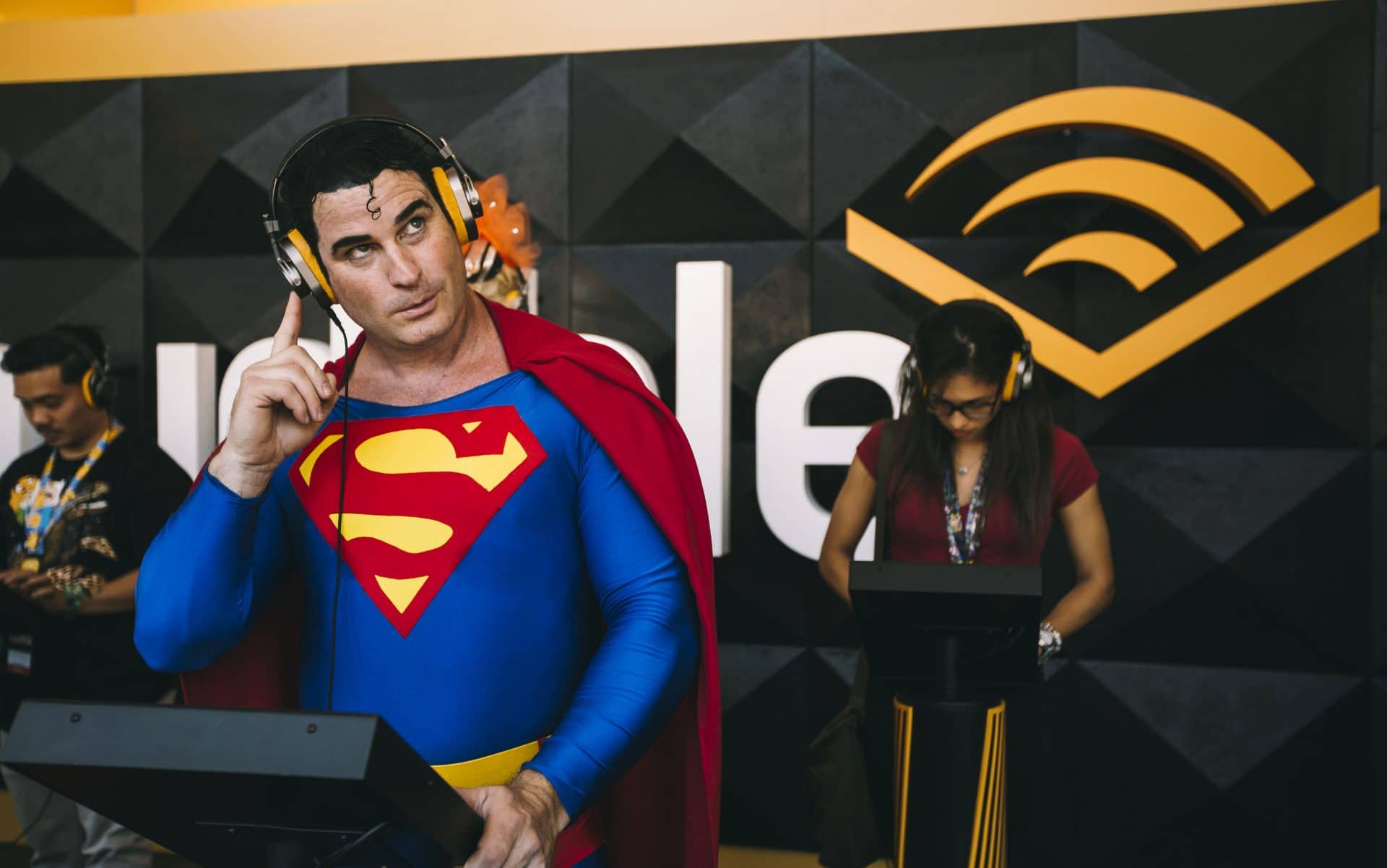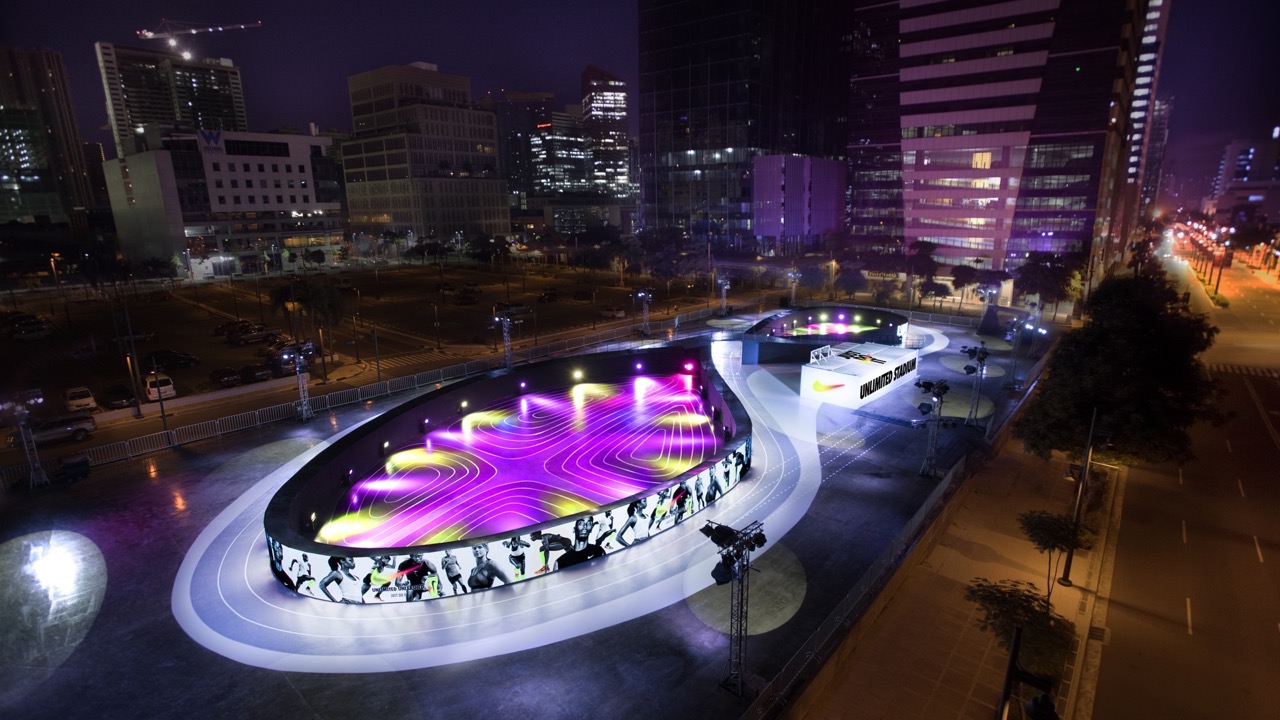Jack Blog
November 17th, 2017

Thanks to the planet’s billions of digital devices, people today are in a constant state of connection.
They move seamlessly across different moments in their day, caring little about whether they’re interacting digitally or physically – with each other, with products, and with the environments around them.
Today’s brands also need to think in a seamless way about experiences and focus on making a positive difference in the lives of the people they care about – leveraging every touchpoint available to create an emotional bond.
Why?
Because brands win on customer experience, and most have significant room for improvement.
- According to Forrester Research’s Customer Experience Trends, 2017, only 1% of brands in the US ranked excellent for customer experience.
- McKinsey’s Brand Success in an Age of Digital Darwinism, reported that “More and more brands are recognizing the need to combine digital technology and personal experiences to effectively connect with customers.’
- The IBM 2017 Customer Experience Index (CEI) Study on retail found that: “Consumers expect a seamless, digitally integrated shopping experience across every channel, including the physical store and contact center.”
- Harvard Business Review’s Digital-Physical Mash-Ups points out that people “weave their digital and physical worlds so tightly together that they can’t fathom why companies haven’t done the same.”
The perception of your brand is now driven by the sum total of interactions people have, many of which – but not all – are digital.
Does that mean you should abandon everything you’ve ever done and go all-in on a digital-only strategy? Hardly. If people are never fully online nor ever completely off, then experience strategy is never completely digital nor wholly non-digital.
Just as digital technologies are inextricably woven into our lives, digital thinking should be woven into brand experience strategy from the outset. It should play a major role in how you think about your brand’s business and marketing tactics and goals.
It’s time to stop thinking about digital/non-digital, online/offline and get back to thinking about people in the world and the ways we can add value to the things they experience.
Today’s human journey
There’s only one place to successfully start building extraordinary experiences in the age of digital everywhere: people.
Simply put, there are three methods available to strategists hoping to understand the user journey: We can ask, observe, or analyze. Given how fragmented and complicated the user journey has become, the best strategy relies on all three.
Today, data on people and their journeys is easy enough to get – we leave a digital trail everywhere we go when we’re online. But most experience agencies don’t start there. We do. For us, analyzing search behavior and social conversations are a great place to start mining for insights – and an incredibly powerful way to get a sense of user behavior.
But as I mentioned earlier, people are not online all the time. User journeys – B2B, B2C – need to fluidly map steps and stages, channels and tactics that are changing all the time, especially with the ubiquity of mobile technologies.
So successful brands derive insights from user journey maps that integrate information they’ve analyzed (digital and social listening data), with data they’ve collected by asking (interviews, focus groups) and observing (ethnographies, diaries, field observations).
Taken together, this information helps to tell us why people do what they do, not just what they do. And it’s the foundation for creating extraordinary experiences.
The opportunity for brands
Once we understand the experience journey, we are well placed to figure out how we can meet their needs and aspirations – how the brand can add value to their lives. If we do it right, we’ll have created something they love and want to share.
After nearly 80 years and tens of thousands of experiences, our experience principles are still powerful, particularly in today’s world of digital everywhere. To us, extraordinary experiences are:
- Simple
- Moving
- Original
And when you create experience in this way, they are effective. Let’s finish up with a few examples:
SIMPLE

- When an audiobook seller wants to breakthrough the noise at Comic Con, it makes simple sense that they’d do so with an audio game. Enter Audible Recall – a sci-fi and fantasy book digital game that pit seven opponents against each other in high-intensity battles that drove 680% increase in downloads and caused lines of up to 45 minutes. In a similarly simple fashion, when Google Play Music wanted to show young music lovers what it feels like when music gets you, we created a 3-story digital Google Play Music block that played videos and music that changed with the crowd’s mood. Not only were 75,000 live music fans entertained, 46.7 million of their online friends on social were as well.
MOVING

- Love Has No Labels wanted to target American adults who are socially “in the middle” – proponents of diversity and inclusion, but unaware of implicit bias. So, on February 14, we launched a new PSA designed for social media, filmed live at the NFL Pro Bowl in Orlando in January. We put a twist on the traditional kiss cam by replacing it with an unbiased camera that featured all forms of love -friendships, families, and romantic relationships- across race, religion, gender, sexuality, ability, and age. The goal of the campaign has always been to flood the culture with a message of unbiased love, but this year, they were doing so by actually re-framing an iconic part of culture.
ORIGINAL

- When you name your shoe the Lunar Epic, you need an experience that’s equally epic to launch it. The Nike Unlimited Stadium was the world’s first full-size 200-meter, figure-eight LED running track, where runners not only got to see their live stats, but they got to train against an avatar of themselves captured during their first lap. The faster they went, the larger their avatars became. More than 1,600 people participated over seventeen days in Singapore, and the work won 15 Cannes Lions.
So just remember – experience in the age of digital everywhere is a seamless blend.